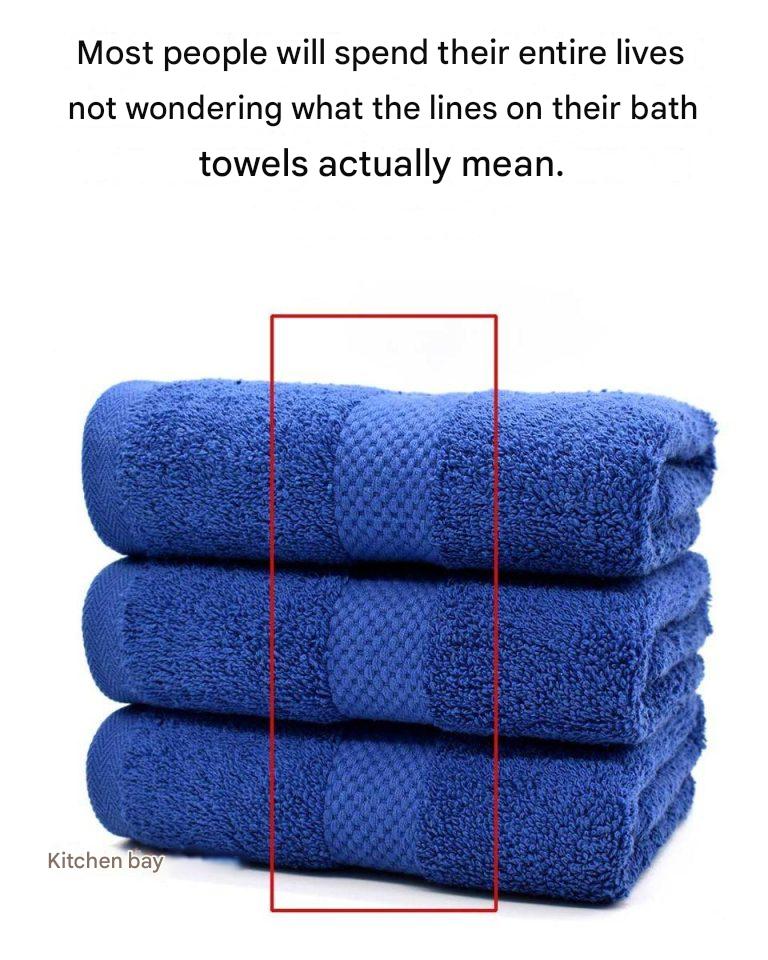8. Environmental Impact of Towel Production
The production of bath towels has a significant environmental impact, particularly in terms of water and energy consumption. The weaving techniques used to create the patterns on towels require large amounts of water and energy, contributing to the overall carbon footprint of towel production. However, technological advancements have led to more sustainable production methods, reducing the environmental impact of towel production.
Many manufacturers now adopt environmentally friendly practices, such as using organic cotton and implementing water-saving technologies in their production processes. These practices not only reduce the environmental impact of towel production but also translate into higher-quality products that are better for both consumers and the planet.
9. Comparing Different Towel Materials
The material used to produce a towel has a significant impact on its performance and comfort. Cotton is the most commonly used material in towel production, with Egyptian and Turkish cotton being the most sought-after due to their excellent absorbency and softness. These materials are often used in conjunction with advanced weaving techniques to create high-quality towels with enhanced functionality.
Besides cotton, other materials such as bamboo and microfiber are also used in towel production. Bamboo towels are known for their environmental friendliness and natural antibacterial properties, while microfiber towels are lightweight and quick-drying. Each material has its own unique advantages, making it important for consumers to consider their specific needs when choosing a towel.
10. Innovations in Towel Design
The towel industry is constantly evolving, and new innovations in design and technology are increasing the functionality and appeal of bath towels. One such innovation is the use of nanotechnology to create towels with enhanced absorbency and antibacterial properties. These towels are coated with nanoparticles that enhance their moisture absorption capacity and resist bacteria, making them ideal for use in humid environments.
Another innovation is the development of smart towels that utilize moisture monitoring technology and notify when they need to be washed. These towels use sensors to detect moisture and bacteria, helping to keep them clean and hygienic. These advances in towel design are revolutionizing the industry, offering consumers new ways to enhance their daily routines.
11. Consumer Preferences: What They Look for in Towels
When choosing a towel, consumers have a variety of preferences that influence their purchasing decisions. Absorbency and softness are two of the most important factors, and many consumers seek towels that provide luxurious softness while effectively drying the skin. The lines on a towel play a significant role in enhancing these qualities, making them a key factor for many buyers.

